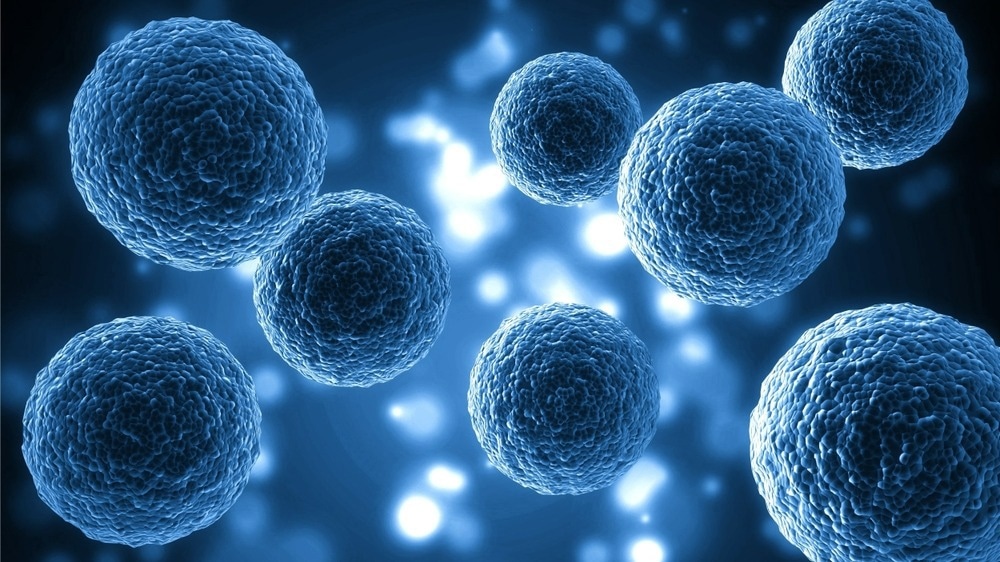A novel AI-powered program has been developed by researchers at Children's Hospital of Philadelphia (CHOP) to assist in comprehending how various cells arrange themselves into certain tissues and communicate with one another.
 Kai Tan, PhD. Image Credit: Children's Hospital of Philadelphia
Kai Tan, PhD. Image Credit: Children's Hospital of Philadelphia
These "neighborhoods" of cells interact with one another to evade therapy, as demonstrated by the testing of this novel method on two types of cancer tissues. Further research may shed light on the role of these cells in the tumor microenvironment. The journal Nature Methods published the results.
Researchers proposed the notion of tissue cellular neighborhoods (TCNs) to characterize functional units in which distinct, recurrent cell types collaborate to support certain tissue activities to better understand how different cells organize themselves to support a tissue's functions.

Image Credit: Billion Photos/Shutterstock.com
These TCNs would continue to function the same way in every individual. However, sophisticated AI algorithms are needed to convert the massive quantity of information included in spatial omics data into models and hypotheses that can be examined and validated by researchers.
It is very difficult to study the tissue microenvironment, how certain cells organize, behave and communicate with one another; until recent advances in so-called spatial omics technology, it was impossible to spatially characterize more than 100 proteins or hundreds or even thousands of genes across a piece of tissue, which might be home to hundreds of thousands of cells and their respective genes.”
Kai Tan, Senior Study Author and Investigator, Center for Childhood Cancer Research
Kai Tan is also a Professor at the Department of Pediatrics, Perelman School of Medicine, University of Pennsylvania.
To identify TCNs based on patient clinical data, tissue sample cell identities, and their spatial distributions, researchers developed the deep learning-based CytoCommunity algorithm in this study. This can aid in the understanding of the organization and correlation between these cell neighborhoods and specific clinical outcomes.
Because there was a large amount of data available for this study—enough to train the algorithm to identify TCNs linked with high-risk disease subtypes—tissue samples from breast and colorectal malignancies were employed.
The method identified novel fibroblast-enriched TCNs and granulocyte-enriched TCNs specific to high-risk breast cancer and colorectal cancer, respectively, by utilizing CytoCommunity data on these two disease types.
Tan said, “Since we were able to prove the effectiveness of CytoCommunity, the next step is to apply this algorithm to both healthy and diseased tissue data generated by research consortia such as HuBMAP (Human BioMolecular Atlas Program) and HTAN (Human Tumor Atlas Network).”
For instance, using data from childhood cancers such as leukemia, neuroblastoma, and high-grade gliomas, we hope to find tissue cellular neighborhoods that might be associated with responses to certain therapies and combine our findings with genetic data to help determine which genetic pathways may be involved at the cellular and molecular levels,” concluded Tan.
Source:
Journal reference:
Hu, Y., et.al., (2024). Unsupervised and supervised discovery of tissue cellular neighborhoods from cell phenotypes. Nature Methods. doi.org/10.1038/s41592-023-02124-2.